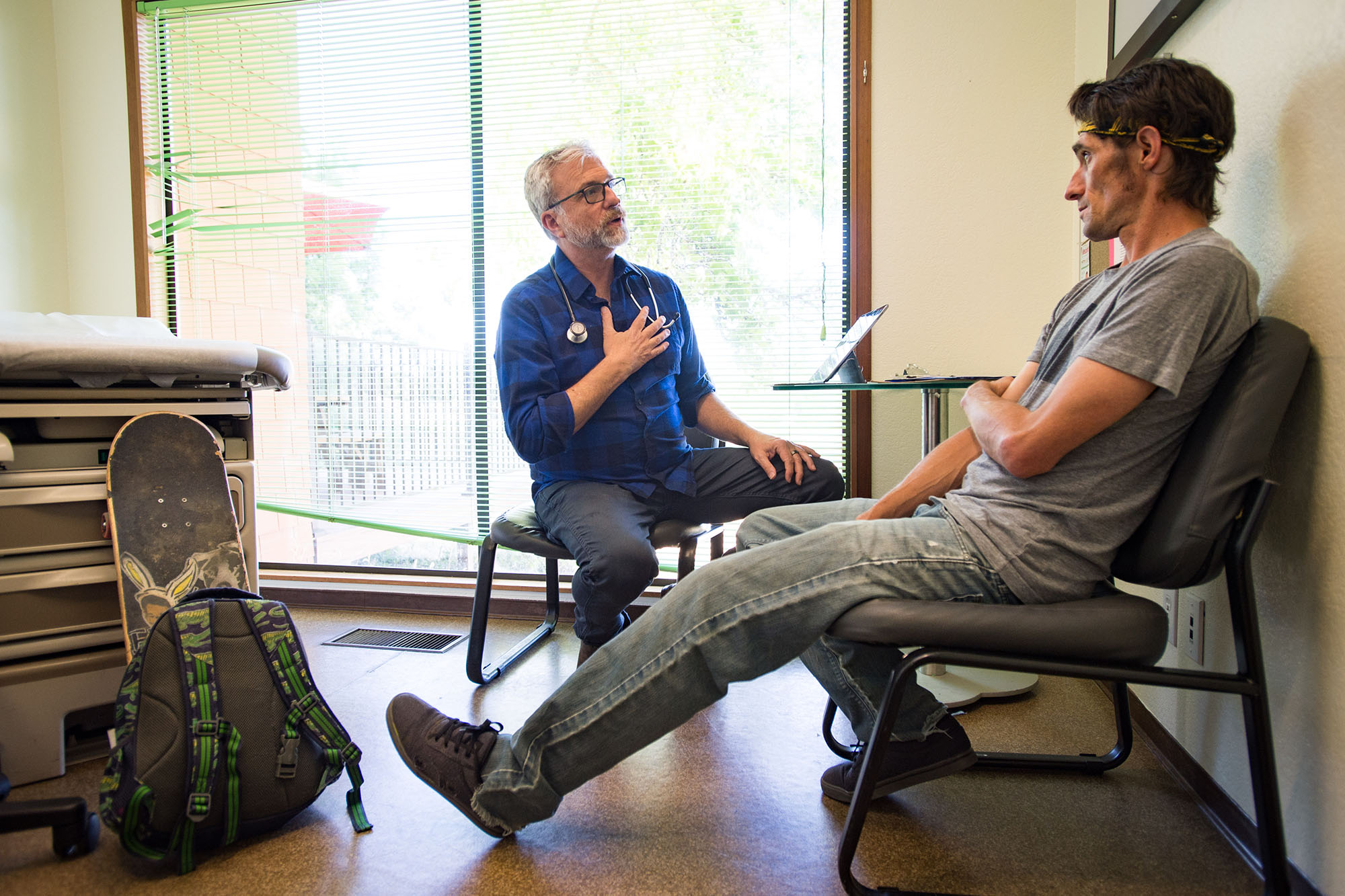View the Report
Jump to All Downloads & LinksAbout the Health Workforce Strategies Series
California is facing a health workforce crisis. There are not enough health workers to meet the needs of this state’s increasingly diverse, growing, and aging population. This series on health workforce strategies for California highlights current critical health workforce interventions and builds on the findings of the California Future Health Workforce Commission.
There are not enough health workers to meet the needs of California’s large, diverse, and aging population, and the situation is worsening. The shortages exist across professions and geographies, with sizeable urban and rural populations going underserved. In addition, although the state’s population is becoming increasingly diverse, current health professionals don’t reflect these demographic shifts. California’s postbaccalaureate programs can help train health professionals who better reflect the demographics of California’s population and who are prepared to meet the needs of all Californians.
Prehealth Postbaccalaureate Programs
Prehealth postbaccalaureate programs (PBPs) are designed to prepare college graduates to be more competitive applicants to health professional schools. Some programs focus on enhancing the academic preparation and experience of participants, many of whom previously applied unsuccessfully to medical or dental school. Other programs are designed specifically for applicants interested in changing careers. This brief focuses on academic enrichment PBPs for students from communities underrepresented in the health care professions. These programs typically take students one year to complete and often include science coursework in addition to student supports such as learning skills development, academic and career advising, and test preparation courses.
PBPs are effective at increasing the rates at which students from underrepresented communities are admitted to and graduate from medical school.1
In addition, participants in PBPs are more likely to provide care in underserved areas. Because PBPs are one-year interventions designed for students who already have a commitment to a career in the health professions, PBPs can play an important role in addressing California’s health workforce crisis by increasing the diversity of the health professional workforce and by improving access to care in underserved regions of the state in a relatively short period of time.
Authors & Contributors
Janice Genevro, PhD, MSW
Janice Genevro is senior researcher at Mathematica.
Diane Rittenhouse, MD, MPH
Diane Rittenhouse is senior fellow at Mathematica.
Alexandra Ament, MA
Alexandra Ament is an independent consultant.
Mathematica
- Kevin Grumbach and Eric Chen, “Effectiveness of University of California Postbaccalaureate Premedical Programs in Increasing Medical School Matriculation for Minority and Disadvantaged Students,” JAMA 296, no. 9 (2006): 1079–85; Anneke M. Metz, “Medical School Outcomes, Primary Care Specialty Choice, and Practice in Medically Underserved Areas by Physician Alumni of MEDPREP, a Postbaccalaureate Premedical Program for Underrepresented and Disadvantaged Students,” Teaching and Learning in Medicine 29, no. 3 (July–Sep. 2017): 351–59; and Herbert C. Smitherman et al., “Impact of a 50-Year Premedical Postbaccalaureate Program in Graduating Physicians for Practice in Primary Care and Underserved Areas,” Academic Medicine 96, no. 3 (Mar. 1, 2021): 416–24. ↩︎





